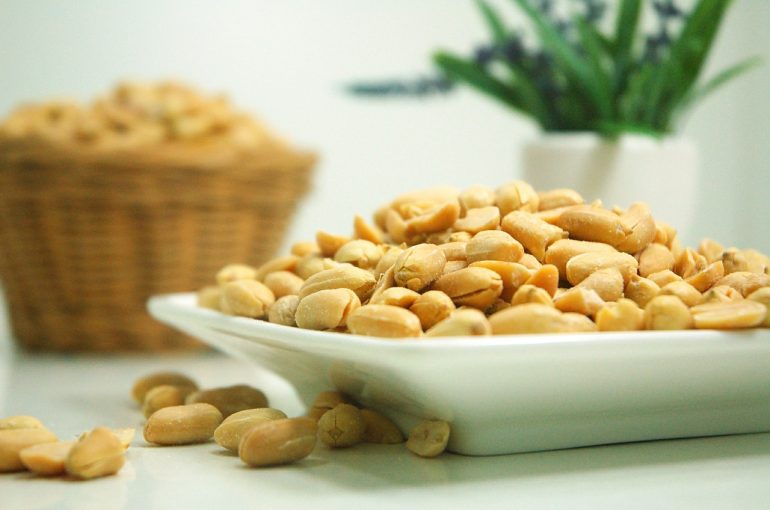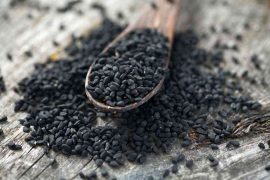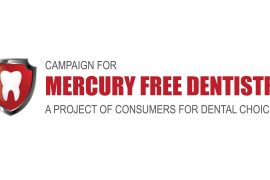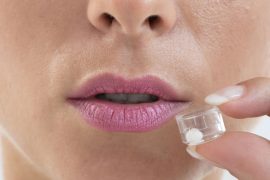There’s been a lot of articles about peanut butter on the internet lately and whether or not it is good for you. The truth is that like most things, there are a lot of good and bad things about it. It’s really about the quality of nut butter and the quantity you consume.
Peanut butter is a staple in most kitchens, according to peanutbutterlovers.com, (1) Americans eat more than 7 pounds of peanuts per person each year more than 4 times as much as any other nut. With its versatility as a spread on toast, an ingredient in many recipes for desserts and baked goods its no surprise that it is found in more than 90% of American kitchens.

The health benefits of peanut butter
Peanut butter is a simple food. It is traditionally made from ground roasted peanuts, oil, salt and other ingredients that can be added to improve the consistency and flavor. Peanut butter is full of nutrients such as carbohydrates, calcium, copper, iron, folate, magnesium, manganese, niacin, pantothenic acid, pyridoxine, phosphorous, riboflavin, pantothenic acid, selenium, sodium, thiamin and vitamin A, C, E and zinc. (2) Here are a few other additional benefits to eating peanut butter:
Lowers cholesterol-This study (3) shares the results of individuals who consumed peanut butter and reduced cholesterol levels by 11% and LDL cholesterol by 14%. This study shares the results of peanut butter significantly reducing blood triglycerides. (4)
Type II Diabetes-Peanut butter contains unsaturated fats. Unsaturated fats are noted for their ability to improve insulin sensitivity. This research documented the consumption of 1 ounce of nuts or 2 tablespoons a day of nut butter (for a minimum of 5 days a week) and its ability to lower the risk of diabetes by almost 30%. (Keep in mind that a nut butter with sugar defeats the purpose). (5)
Prevents Cancer-Peanuts contain B-sitosterol , a phytosterol with amazing cancer fighting properties. In particular, it is beneficial for breast, colon and prostate cancers. (6)
Reduces Risk of Gallstones in women– Frequent nut consumption is associated with a reduced risk of gallstones. (7)
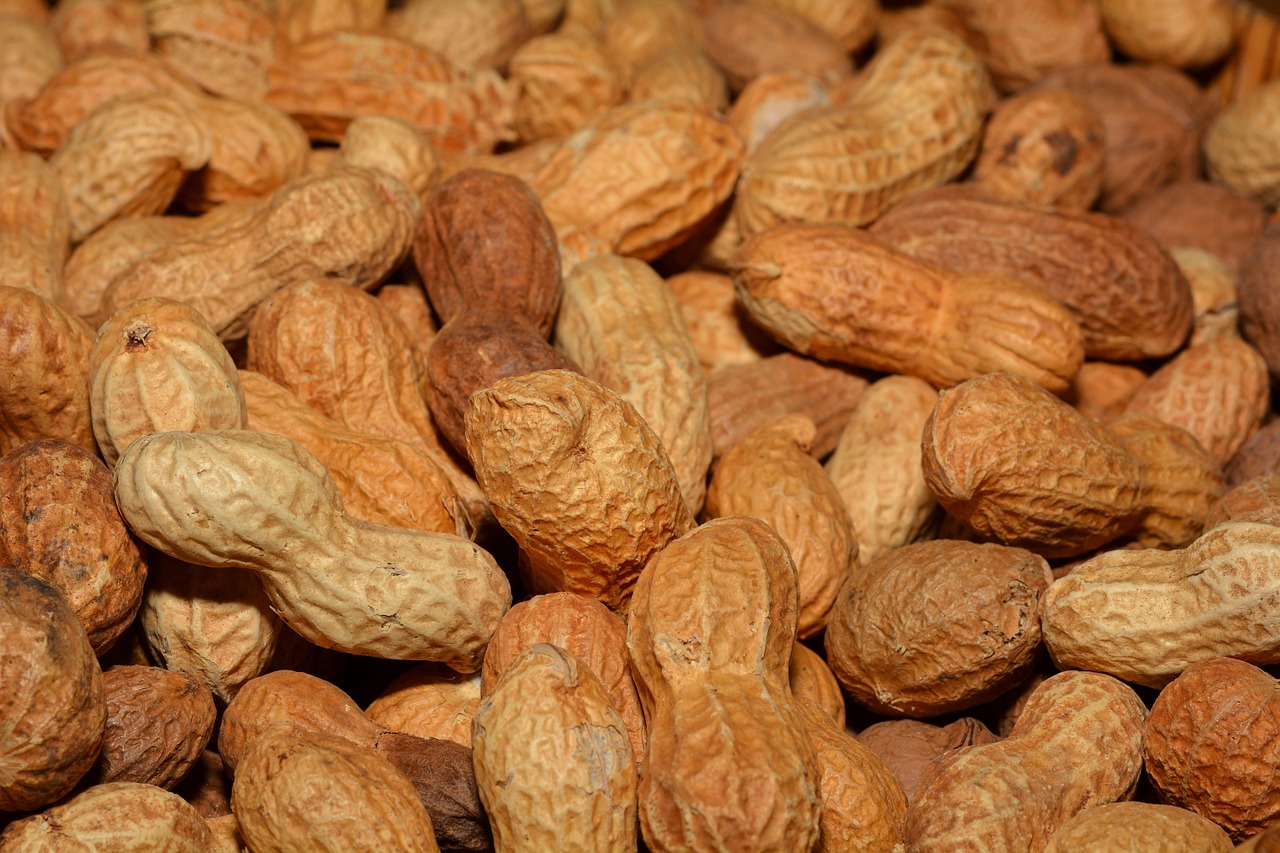
The downside of peanut butter
While peanut butter is nutritious it also has a few downsides. Peanuts can often contain the mold aflatoxin. (8) In addition, many nut butters contain hydrogenated oils, which act as an emulsifier so that butters don’t need to be mixed. These fats can displace healthier fats in the cellular membranes, which can cause inflammation.
Increased Inflammation– Omega 6 fats can stimulate the production of inflammatory mediators. (9)
High in Omega 6 Fats– Peanuts are naturally high in omega-6 fats and lower in omega 3 fats. Consuming too many omega 6 fats can lead to type 2 diabetes, asthma, obesity, metabolic syndrome and more. (10)
Mold-Since peanuts are grown on the ground they contain a higher risk of mold, in particular aflatoxin. There are at least 13 different types of aflatoxin molds that researchers have identified. This mold infects crops such as corn, peanuts, rice and wheat.
Aflatoxin grows in soils, when conditions provide the perfect mix of decaying plants, hay or grains that are in an area with high temperatures and high moisture. While this mold can occur prior to harvest, they can also occur during storage if the crop is too moist. Since peanuts are grown in the soil, this creates the potential for mold.
So what peanut butter is healthier?
So, is peanut butter good for you? Like most things it depends on the quality of the product and how often you consume it. Its always important to read labels and avoid unnecessary additives such as trans fats, sugar and vegetable oils.
What are your options from worst to best?
Worst = Kraft, JIF, Skippy peanut butter. Why? They contain the most unnecessary additives and artificial ingredients. (11, 12, 13)
Better = Natural peanut butter options with roasted peanuts and salt. (14)
Best = 100% organic peanut butter, or homemade.
Make your own peanut butter
If you have a high speed blender at home you can make this delicious creamy peanut butter at home. Coconut oil is added to help make this more spreadable, the honey adds a touch of sweetness, but is optional.
Peanut Butter Recipe
2 C. Peanuts
½ tsp. Salt (optional)
1-2 Tbsp. Coconut Oil
1-2 T. honey (optional)
Place nuts and salt in high speed blender.
Blend nuts until they have a flour like consistency.
Add coconut oil and honey. Blend till smooth and creamy, using tamper if needed.
Place in air tight jar, label and refrigerate.
Many health food stores also sell fresh ground nut butters, with no additives at all. They are simply fresh ground which next to homemade, may be the healthiest option of all.
References:
1 Spreadworthy Peanut Butter Facts. (2017, February 27). Retrieved December 09, 2017, from http://peanutbutterlovers.com/blog/spreadworthy-peanut-butter-facts/
- 11 Best Benefits of Peanut Butter. (2017, November 06). Retrieved December 09, 2017, from https://www.organicfacts.net/health-benefits/seed-and-nut/health-benefits-of-peanut-butter.html
- Kris-Etherton, P. M., Pearson, T. A., Wan, Y., Hargrove, R. L., Moriarty, K., Fishell, V., & Etherton, T. D. (1999, December). High-monounsaturated fatty acid diets lower both plasma cholesterol and triacylglycerol concentrations. Retrieved December 09, 2017, from https://www.ncbi.nlm.nih.gov/pubmed/10584045
- Alper, C. M., & Mattes, R. D. (2003, April). Peanut consumption improves indices of cardiovascular disease risk in healthy adults. Retrieved December 09, 2017, from https://www.ncbi.nlm.nih.gov/pubmed/12672709
- Jiang, M. R. (2002, November 27). Nut and Peanut Butter Consumption and Risk of Type 2 Diabetes in Women. Retrieved December 09, 2017, from https://jamanetwork.com/journals/jama/article-abstract/195554
- Peanuts as a Source of -Sitosterol, a Sterol With Anticancer Properties. (n.d.). Retrieved December 09, 2017, from http://www.tandfonline.com/doi/abs/10.1207/S15327914NC3602_14
- Tsai, C., Leitzmann, M. F., Hu, F. B., & Willett, A. W. (2004, July 01). Chung-Jyi Tsai. Retrieved December 09, 2017, from http://ajcn.nutrition.org/content/80/1/76.full?sid=20ce9f6e-f9ea-47de-bf33-a200eed49d11
- Aflatoxins. (n.d.). Retrieved December 09, 2017, from https://www.cancer.gov/about-cancer/causes-prevention/risk/substances/aflatoxins
- Patterson, E., Wall, R., Fitzgerald, G. F., Ross, R. P., & Stanton, C. (2012). Health Implications of High Dietary Omega-6 Polyunsaturated Fatty Acids. Retrieved December 09, 2017, from https://www.ncbi.nlm.nih.gov/pmc/articles/PMC3335257/
- Simopoulos, A. P. (2016, March). An Increase in the Omega-6/Omega-3 Fatty Acid Ratio Increases the Risk for Obesity. Retrieved December 09, 2017, from https://www.ncbi.nlm.nih.gov/pmc/articles/PMC4808858/
- Peanut Butter Spreads. (n.d.). Retrieved December 09, 2017, from https://www.jif.com/products/peanut-butter/creamy-peanut-butter
- SKIPPY® Creamy Peanut Butter. (n.d.). Retrieved December 09, 2017, from http://www.peanutbutter.com/products/SKIPPY%C2%AE-PEANUT-BUTTER/SKIPPY%C2%AE-Creamy-Peanut-Butter
- Planters Creamy Peanut Butter 16.3 oz. Jar. (n.d.). Retrieved December 09, 2017, from http://www.kraftrecipes.com/products/planters-creamy-peanut-butter-1837.aspx
- Organic Peanut Butter Creamy | MaraNatha Nut Butters. (n.d.). Retrieved December 09, 2017, from http://www.maranathafoods.com/product/organic-peanut-butter-creamy/
This article was originally posted at The Hearty Soul

